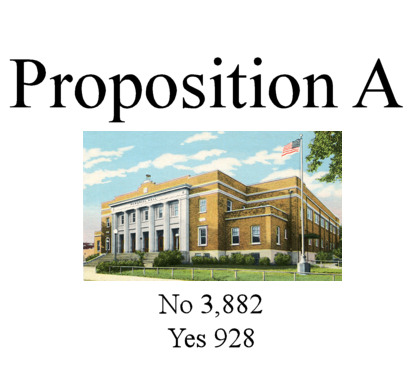One of the local news channels recently ran a story about the recent defeat of Joplin’s Proposition A. Perhaps the most troubling line from the story was, “Museum workers believed Proposition ‘A’ was something voters would approve so they did not come up with Plan B.” This is disheartening if true. The museum now finds itself the focus of public ire at a time when it needs the support of the community if it is to keep its doors open.
Perhaps even more disheartening was the footage of the museum’s disorganized and chaotic museum collection. This, as we have said before, is simply unacceptable.
According to the website Save Memorial Hall, the current Joplin Museum Complex budget is $150,000 (another source cites $216,000). Unfortunately, the website does not break the numbers down farther than that, and because we’re not journalists here at Historic Joplin we have made no attempt yet to find out how the money is spent. Therefore we do not know how much money is dedicated to staff salaries in comparison to archival materials such as Hollinger boxes, archival sleeves, and shelving.
The Joplin Museum Complex charges visitors $2.00 per adult, $5.00 per family, and offers free admission on Tuesdays. Free admission on Friday is sponsored by Freeman Health System. Why not raise the price of admission a dollar, even two dollars?
It certainly will not raise the amount of money that the museum is currently seeking but it may help at a time when the Joplin Tri-State Business Journal reported last month, “[Director Brad] Belk said the museum is currently struggling to remain open because every dollar coming into the complex is earmarked to be spent, and financial reserves are being accessed to pay for annual operations. He also said the complex is limited in resources within its current building in Schifferdecker Park.”
In the story reported by KOAM-TV, Joplin Museum Complex volunteer Anne Jaros was quoted as saying, “When we were working there last fall a huge donation was brought in – just huge – and I don’t know where it all is.” If we had to guess, the financial gift Ms. Jaros mentioned is probably already spent. The question is, was it spent wisely?


